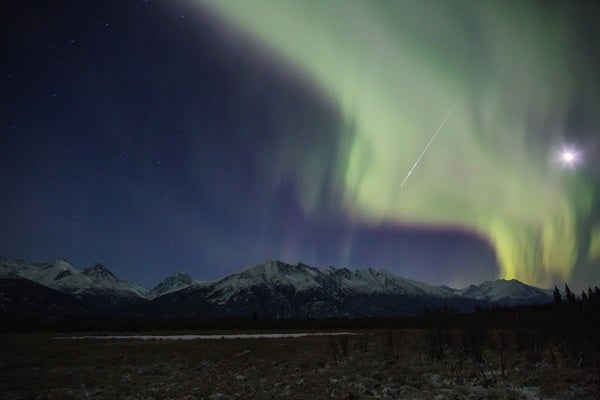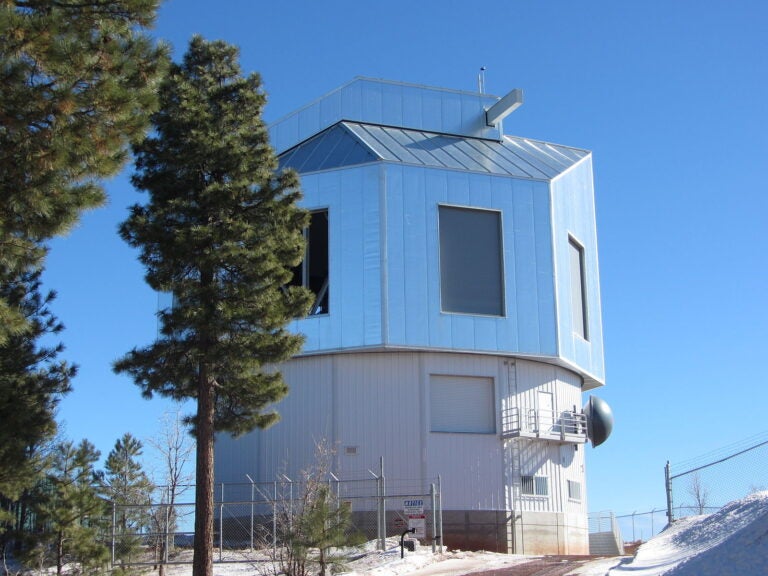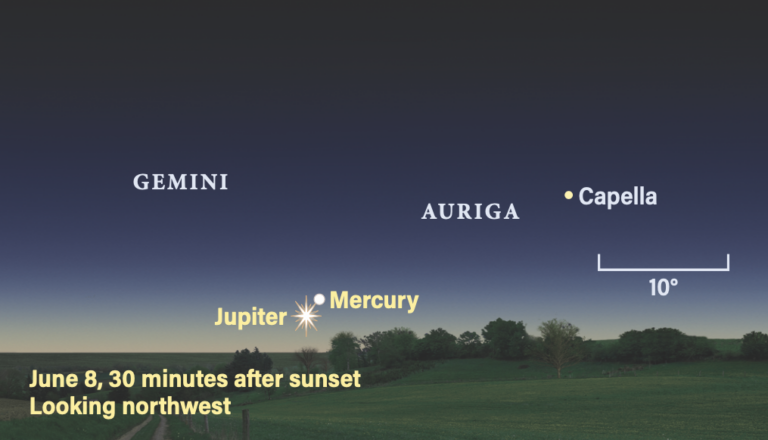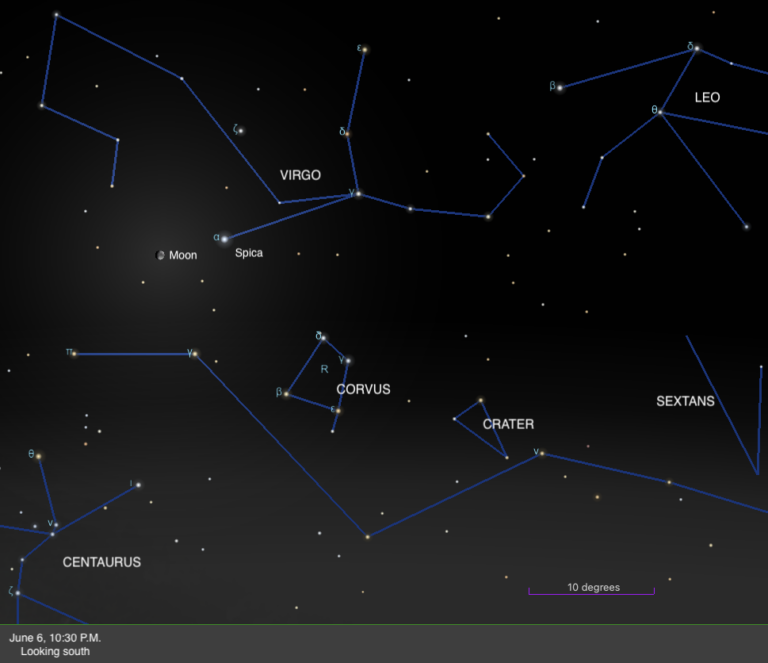Meteor showers, like children, change their personalities over time. The Taurids, for instance, have long been a warm-up act for the much more popular Leonid meteor shower in November.
But occasionally the Taurids act out, as they did in 2005, producing a stream of fireballs that arguably eclipsed that year’s Leonid display. The meteors, some as bright as the crescent Moon, gently pummeled Earth’s atmosphere with a couple of fireballs every hour on and around Halloween night. Ever since then, meteor watchers have dubbed the Taurids the “Halloween Fireballs.”
Actually, the Taurid shower has two active peaks that overlap. The Northern Taurids have a maximum lasting about November 4 to 7, while the Southern Taurids climax roughly between October 30 and November 7. But I wonder: Is there more to this Halloween connection than meets the eye?
Samhain
Halloween has roots extending to the ancient rituals of Samhain (pronounced SOW-in, where “sow” rhymes with “cow”), an ancient Druid-Celtic festival akin to New Year’s Eve. Samhain rang in the new Celtic year on October 31 (Julian calendar date), when the Pleiades (M45) achieved its highest point in the sky at midnight. This marked the beginning of the long, dark nights when the veil between the living and the dead was most transparent, allowing spirits of the deceased to gather and communicate with the living.
Could the Taurid meteor shower be that gathering of communicative spirits?
Vapors in the air
Both Taurid radiants (the points in the sky from which the showers appear to radiate) lie near the Pleiades and perform best when the star cluster culminates. Seeing Taurid fireballs descend from the sky, leaving ghostly vapor trails, must have fueled the imagination of these nature worshipers. Myths from the Scottish Highlands — the Druids trained poets in Scotland, who knew and handed down the songs and stories of the tribe until the 17th century — describe meteors as souls passing from purgatory to heaven.
The bards also sang of ghosts that could travel on meteors. These specters showed people where they would die and the path of their funeral processions, before meteor and ghost disappeared above their burial plots.
You also could imagine a Taurid fireball lighting up the heart of someone desiring to communicate with the spirit of an “old flame.” Such contact could let a person see the departed shine again via a message from the stars. This could open an ancient channel of communication between the living and dead.
A festival of lights
While the Taurids may toss fireballs our way on and around Halloween, their maximum also occurs during Diwali (the Hindu festival of lights celebrated for five days in October or November), marked by huge firework displays, and also on Guy Fawkes (Bonfire) Night on November 5 in Great Britain, also celebrated with fireworks. Are the Taurids truly a part of this universal festival of lights? You decide.
By the way, observations by British observer Henry Corder in 1891 reveal that of the 34 Taurids he recorded over the course of 10 nights, all were slow-moving with both the meteor and train often glowing orange or yellow — the colors of fall.
As always, send your thoughts to sjomeara31@gmail.com.











